How to Tie Knots Like a Navy SEAL: Part 5
Our final Underwater Knot Tying Test “Knot of the Week” continues with the fifth of five knots taught to Navy SEAL candidates at BUD/s.
The Right Angle is a knot that is typically used as an alternate to the Clove Hitch, which we went over last week.
When used, the Right Angle creates a more secure knot than the Clove Hitch and if you know how to tie the Clove Hitch, you know how to tie the Right Angle.
If you remember back to the Clove Hitch last week we mentioned it’s the preferred knot to fasten det cord to underwater obstacles, linking them together in a chain for demolition.
The Right Angle is used if you have multiple obstacles which would be linked to a ring main, or main line of det cord. To link each obstacle’s det cord lead to the ring main, a Right Angle is used.
Right Angle » Hitches
(Strength: 4/Secure: 3/Stability: 4/Difficulty: 3)
Please refer to our Knot of the Week introduction post for a description of what these ratings mean.
Uses:
- Attach an explosive charge’s det cord to the ring main
- Securing a rope to a post
- Temporary tie in to an anchor point
- A brake or check of an unwieldy object
Tying Instructions:
- Begin by making two turns around the post with your line
- Cross the working end on top of the standing part
- Continue passing the line around the post working in the opposite direction of the first two turns
- Feed the working end under the standing part of the third turn
- Clean up the knot by squeezing the loops of the Right Angle together
- Tighten up the knot by pulling on the working end and the standing end
- *Ensure that there is a least a few inches left in the working end after tying*
View the gallery below and follow along with the steps above!
[flickrset id=”72157622297844929″ thumbnail=”square” overlay=”true” size=”medium”]
Check back next week for our video showing all the Underwater Knot Tying knots tied underwater!






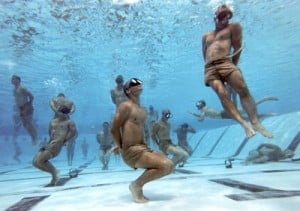
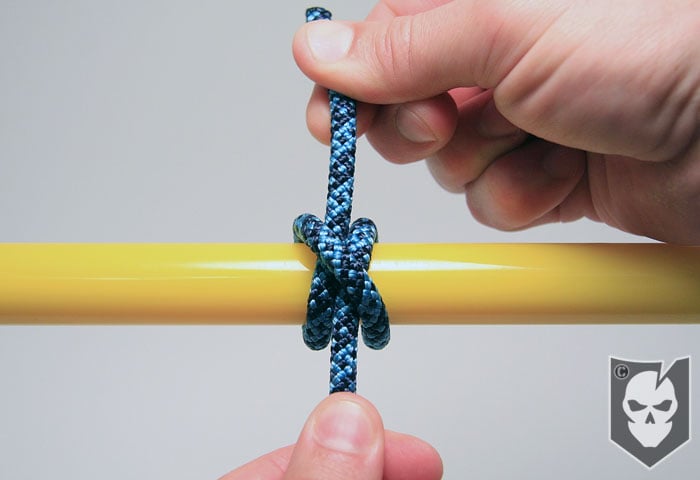
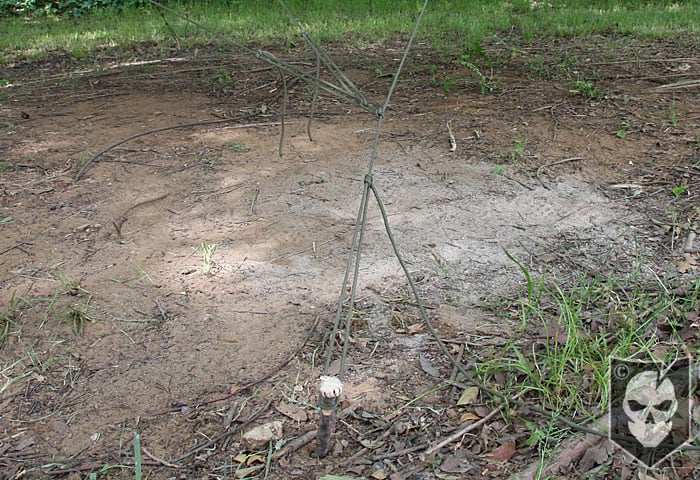
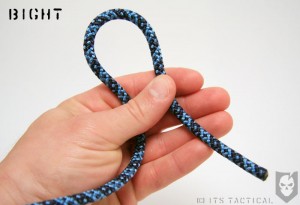
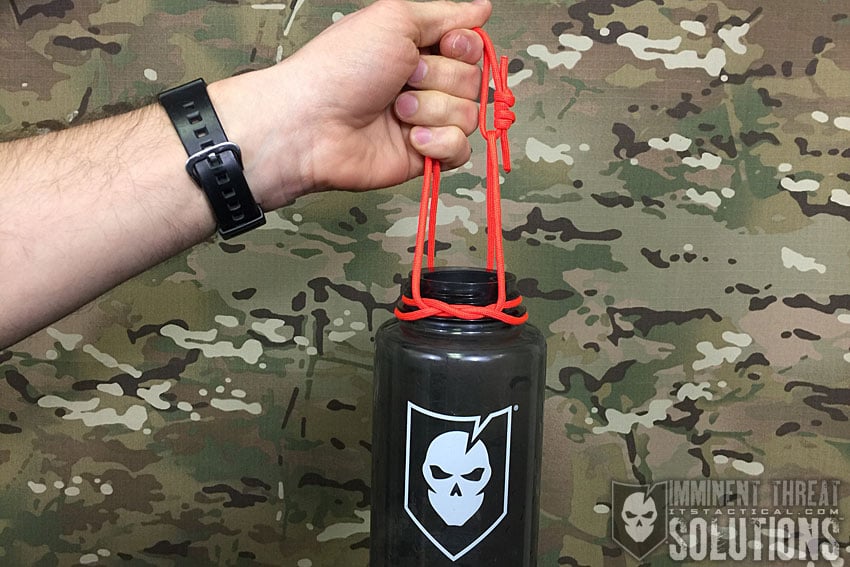

Discussion